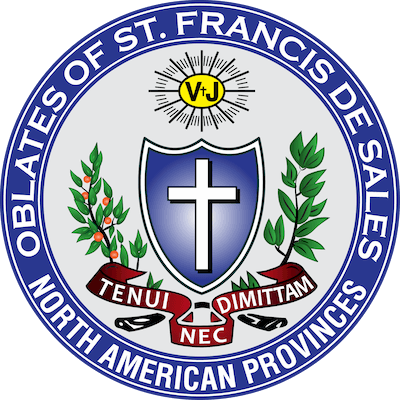This week’s reflection is written by Fr. Jim Greenfield, OSFS, provincial.
Advent has begun, and I’d like to suggest some good reading or offer an idea for a Christmas gift, for those who desire to know as much as they can about our pope: Mark Shriver’s recently released Pilgrimage: My Search for the Real Pope Francis.
It is no surprise that Shriver employs the motif of pilgrimage as he comes to discover the real Pope Francis. Beginning the evening of March 13, 2013 when the newly-elected Pope Francis asked those gathered in the Piazza of St. Peter’s to bless him, Shriver notes how our pope is the “right messenger with the right message, a man of substance with an endearing style.” But an endearing question emerged for the author: Is this guy for real?
Having recently completed a wonderful biography about his own father in A Good Man: Rediscovering My Father, Sargent Shriver, Mark was asked to write another book about the Holy Father. What ensued for him was a pilgrimage to Buenos Aires to encounter who Jorge Mario Bergolio is, how he was formed in the Latin American culture of the capitol of Argentina, and why it matters that we know the chapters in Pope Francis’ life before he became pope.
I was delighted to learn of the Salesian influence on our pope, as his father befriended many Salesian priests while he lived in Italy. When he emigrated to Argentina, he stayed with a Salesian community in Buenos Aires. In that context, Mario Bergolio met his wife Regina, and 12 months later Jorge was born on December 17 and baptized 12 days later on Christmas Day in 1936 by a Salesian priest. And, the future pope would eventually be schooled for a while by the Salesians, too.
Shriver takes us through the many touchstones of Jorge Mario Bergolio’s life as a young kid who was influenced by his family, especially his grandmother whose note to him at ordination is kept in his breviary today. We learn about the pope’s job at a hosiery factory alongside going to school and his work in a laboratory as a budding chemist.
Much like the founder of the Jesuits, Ignatius of Loyola, Bergolio also had a near-death experience when the lining of his lungs contained three pulmonary cysts needing to be removed. At that time, Bergolio credits a daring nurse whose practical experience with patients led her to triple the dose of medication he was taking; this saved his life.
Shriver, himself a product of two schools run by the Society of Jesus, shares his own experience of the concepts that make up Jesuit spirituality. Clearly, he has benefitted from the Jesuits’ influence as a student, young politician, husband, father, and now as president of Save the Children Action Network, where he leads a mobilization of energies to end preventable maternal, newborn, and child deaths globally and tries to ensure that every child in the United States has access to high-quality early childhood education.
What I found most touching about Shriver’s book is aforementioned the theme of pilgrimage that permeates each of the brief chapters in the book. He invites us into his wrestling with the people, places, concepts, and ponderings while on his journey.
But, pilgrimage is not just about traveling to a holy or even an intriguing place. To develop the heart of a true pilgrim, one needs only to poise one’s heart to be open to something new that may emerge from within the ordinary all around us that is life changing or transformational.
As we begin the season of Advent, we do not need travel to a faraway place. Rather, we can go rejoicing “to the house of the Lord,” as Psalm 122 reminded us last Sunday at Mass, into the four weeks of Advent. “The longing to love the beauty of the world in a human being is essentially the longing for the Incarnation,” as Simone Weil wrote in Waiting for God. Mark Shriver, by sharing both his pilgrimage to Argentina and to his own heart, reveals the beauty of a world leader, Pope Francis, who beckons us to incarnate the presence of Jesus Christ in our own zip code. And, now knowing the influence the Salesians had on our Pope, we, too, can make the world as beautiful as he has by following the ageless advice of St. Francis de Sales who tells us simply: Be who you are and be that well!




